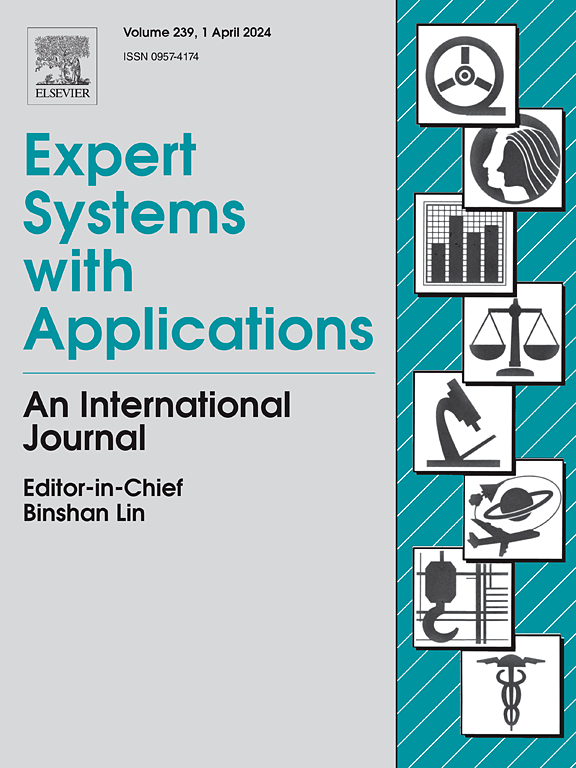Research on global trajectory planning for UAV based on the information interaction and aging mechanism Wolfpack algorithm
IF 7.5
1区 计算机科学
Q1 COMPUTER SCIENCE, ARTIFICIAL INTELLIGENCE
引用次数: 0
Abstract
The planning of trajectories for multi-unmanned aerial vehicles (UAVs) has been a topic of intensive research in both military and civilian contexts. It is a crucial aspect of the overall intelligence capabilities of UAV formation systems. In order to enhance the capability of multi-UAVs autonomous trajectory planning and to facilitate attainment of optimal paths in mountainous environments, this paper proposes an information interaction and aging mechanism Wolfpack Algorithm (IIAM-WPA). Firstly, a mission environment model is established using digital elevation modelling technology to simulate the real mountainous environment. Secondly, a trajectory planning model is established by comprehensively considering the terrain, threats and formation security factors. Meanwhile, in order to comprehensively evaluate the planning results, a new composite objective function is proposed. The proposed IIAM-WPA method is finally employed to identify the optimal paths for multiple UAVs. The key improvements to the method are as follows: the initialization effect is enhanced by the Chebyshev chaotic mapping in initialization phase, thereby accelerating the convergence of the population. Furthermore, the aging mechanism of wolves is incorporated into the model to enhance the efficiency of wolf search. Meanwhile, communication between populations is augmented during the encirclement phase, which serves to enhance population diversity. Finally, a selective mutation mechanism is introduced to rescue the population from the local optimum trap. In order to ascertain the effectiveness of the proposed algorithm, the simulation results of UAV trajectory planning under different mission scenarios are presented and compared with various optimization techniques. The simulation results demonstrate that the maximum improvement rate of the proposed algorithm is 96.73% and 4.2% in single UAV and multi-UAV planning tasks, respectively. This further verifies the planning accuracy and efficiency of the IIAM-WPA method and effectively proves the effectiveness of the method in solving UAV trajectory planning problems.

求助全文
约1分钟内获得全文
求助全文
来源期刊

Expert Systems with Applications
工程技术-工程:电子与电气
CiteScore
13.80
自引率
10.60%
发文量
2045
审稿时长
8.7 months
期刊介绍:
Expert Systems With Applications is an international journal dedicated to the exchange of information on expert and intelligent systems used globally in industry, government, and universities. The journal emphasizes original papers covering the design, development, testing, implementation, and management of these systems, offering practical guidelines. It spans various sectors such as finance, engineering, marketing, law, project management, information management, medicine, and more. The journal also welcomes papers on multi-agent systems, knowledge management, neural networks, knowledge discovery, data mining, and other related areas, excluding applications to military/defense systems.
 求助内容:
求助内容: 应助结果提醒方式:
应助结果提醒方式:


